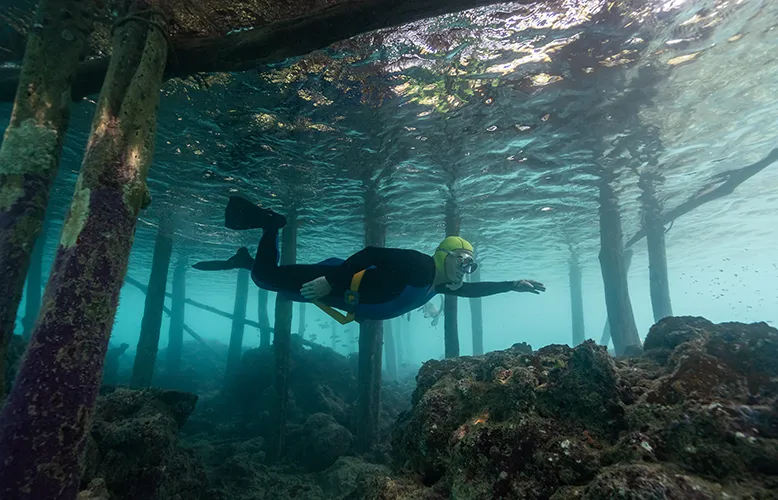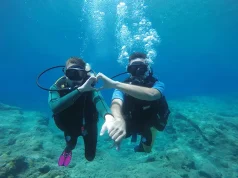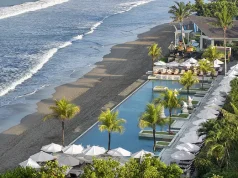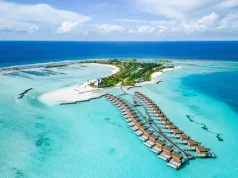Spanning the width of the United States and made up of over 17,000 islands, Indonesia is a diver’s dream. For those willing to go the distance, Raja Ampat delivers some of the best diving on the planet. With 1,427 fish species and 75% of all known coral species found here, the biodiversity is staggering. From mantas and schooling batfish to pygmy seahorses curled around coral, every dive is considered world class. Powerful currents fuel the show—making every site feel alive. But with so much happening underwater, it’s easy to forget what exists above.
Perched off West Papua’s Bird’s Head Peninsula, Raja Ampat’s north and south islands offer two very different experiences. The north is more accessible—drawing divers to its iconic reefs via liveaboards, resorts, and homestays. It’s known for its biodiversity and sites suited to all skill levels. The south, meanwhile, is remote, fiercely protected, and feels almost untouched. Dives here are harder to access and more expensive, but conservation is baked into the experience—often without you realizing it.
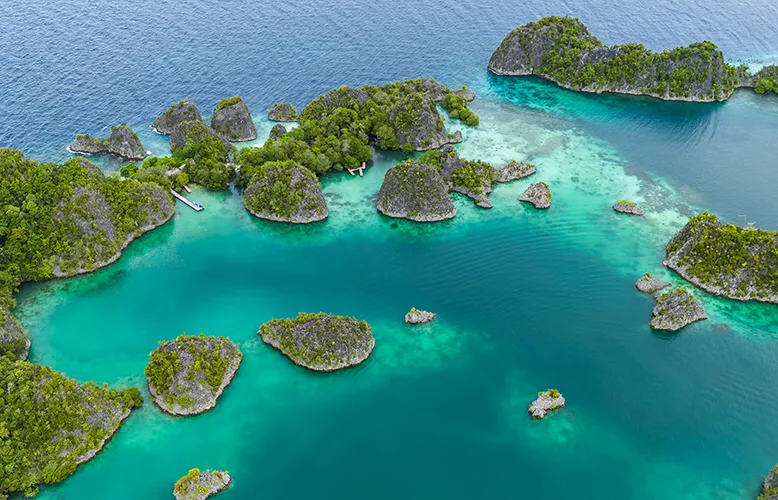
Ask any diver about Raja Ampat, and you’ll hear about legendary sites like the drift dives at Gam and Fam Islands, the surging currents of Blue Magic, or the chaos of marine life at Sardine’s Reef. But beyond the water lies another story. West Papua holds the second-largest rainforest on Earth, vast mangrove forests, and Indigenous communities who’ve lived in balance with these ecosystems for generations.
I first learned about Raja Ampat and the wider West Papua region back in 2018 while working on the “Protect West Papua” campaign—a coalition effort led by Conservation International, the Blue Sphere Foundation, and Misool Foundation. The mission was to secure lasting legal protection for one of Earth’s most biodiverse regions—an ecological powerhouse increasingly at risk from unchecked development and industrial exploitation.
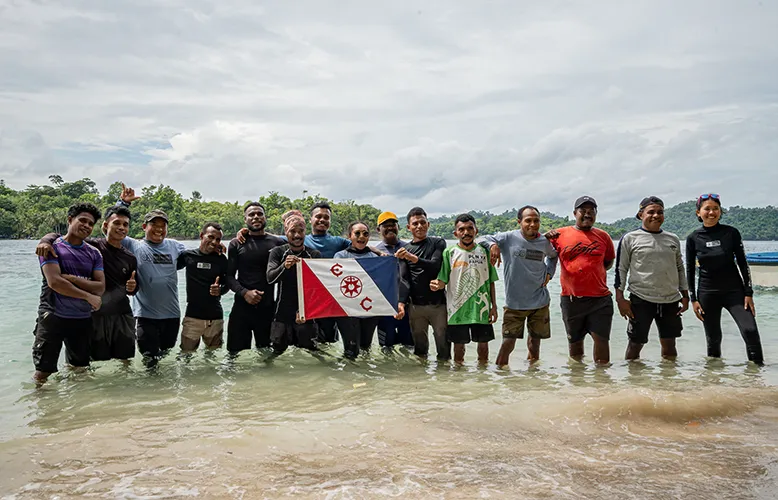
At the center of the campaign was a critical vote: would the Indonesian government uphold legislation designating West Papua as a “Conservation Province”? The stakes were high, as this was going to be the vote for protecting a vast, interconnected ecosystem vital to climate resilience and sustaining the communities that rely on it.
To build support, we launched a media tour across Raja Ampat, meeting with local leaders, policymakers, and conservationists. It was a collective push. Divers, scientists, and advocates from around the globe stepped up, knowing that protecting Raja Ampat required more than admiration—it demanded action.
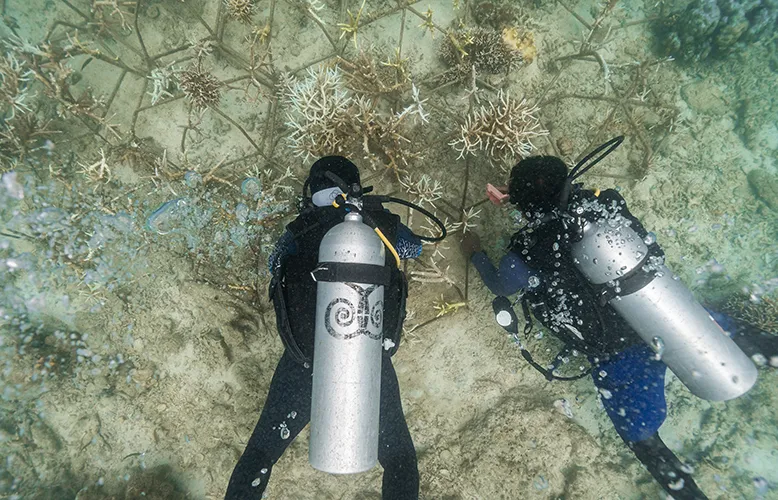
By early 2019, we saw that action pay off. The legislation passed, and West Papua officially became a Conservation Province. It was a landmark win for Indonesia—and a personal one for me. I hadn’t even been to Raja Ampat yet, but I already felt connected to it. This remote, wild place was a symbol of what’s possible when people come together to defend something that matters. That’s when I knew I had to see it for myself. Not from the deck of a liveaboard, but up close. To really understand what it takes to protect a place like this, I had to go beyond the reef—and into the heart of Raja Ampat.
Years later—almost to the day the Protect West Papua campaign succeeded—I found myself en route to Raja Ampat. After so much time imagining it as a far-off, almost mythical place, I was finally boarding the boats and planes that would take me there. The moment we hit the water, it all clicked. We carved through glass-clear seas, weaving past limestone karsts and wild, uninhabited islands, and there was no doubt in my mind: Raja Ampat is one of the last strongholds of marine biodiversity on Earth.
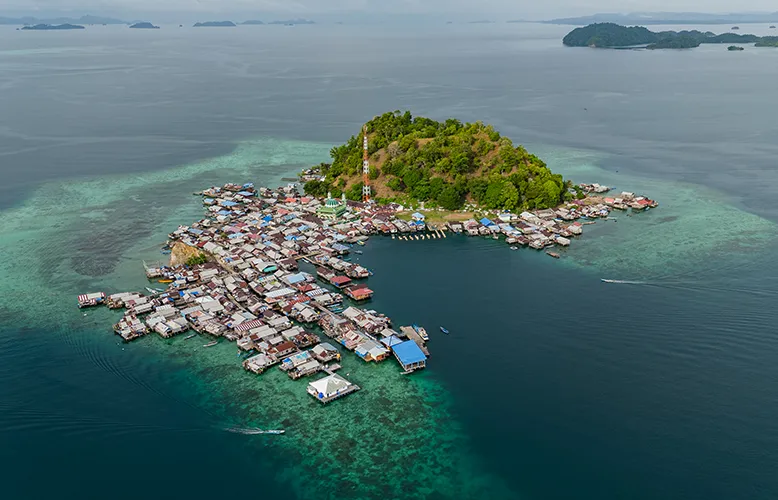
We began our journey in the far south, navigating the Misool region alongside the Misool Foundation—an organization that’s become a global benchmark for marine conservation. What I had once helped protect from afar was suddenly all around me—vibrant, wild, and working.
After a four-hour boat ride from the main port called Sorong, we eased into the rhythm of island life. We slept in stilted villages perched above the sea, swam in jellyfish-filled lakes, and helped local children deploy artificial reefs where marine life had been lost. Our days ended with communal meals, every one of them featuring a new take on sambal—spicy, smoky, sweet—generously shared by our hosts. With the exception of the Foundation’s patrols and a passing liveaboard or two, we were completely alone.
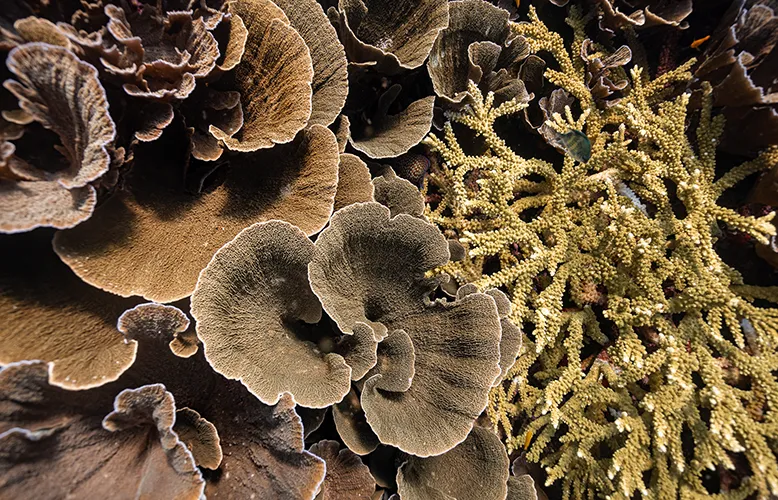
But the energy shifted when we made our way up to the northern islands. Here, the popularity of Raja Ampat was unmistakable. Boats zipped across open water, dive sites filled with travelers, and the atmosphere shifted from solitude to shared wonder. Still, the place remained a wilderness at its core. Just as breathtaking and worth protecting.
In the north, we based ourselves on Waigeo—the largest of Raja Ampat’s islands and a jumping-off point for some of the Dampier Strait’s most iconic sites. From The Passage, where mangroves meet towering limestone walls and alien-like reefs below, to the panoramic Pianemo Lookout, this region draws travelers for good reason.

Rather than joining a liveaboard, we stayed land-based at Biodiversity Eco Nature Resort—a beachfront retreat with a thriving house reef out front and untouched jungle at its back. It’s one of the few places fully committed to sustainable eco-tourism here, operating with a clear mission: protect natural resources, uplift the local community, and keep the ecosystem intact. Since 2013, Biodiversity has followed the Global Sustainable Tourism Council (GSTC) criteria, integrating social, cultural, and environmental practices into everything they do.
Its Papuan-style cottages—built with sustainably sourced materials by local craftsmen—are designed to tread lightly on the land. Located near Yenbesir Village, the resort neighbors the community and actively supports it. Most of the staff come from nearby villages, many entering the workforce for the first time. Here, they’re gaining education, training, and a path to careers rooted in conservation. Some shared their favorite local dishes with us, others took us diving—eager to show off the reefs they’ve known all their lives.
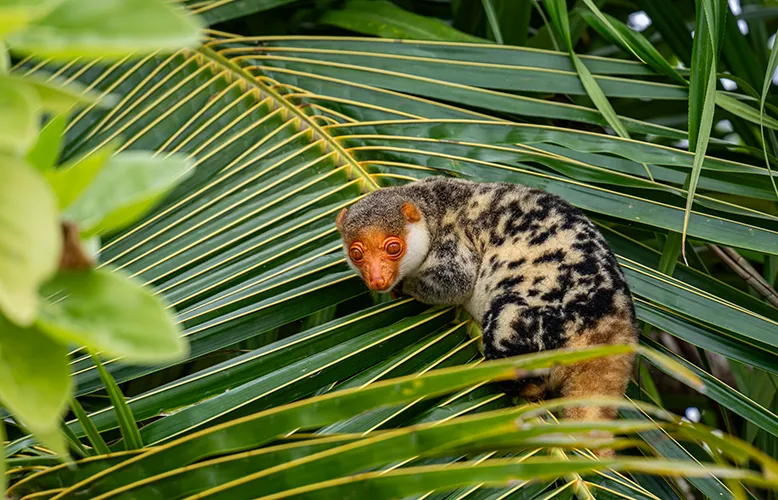
Over the week, we dove some of Raja Ampat’s most legendary sites—cementing the fact that this was one of the best dive destinations in the world. But what stuck with us most wasn’t just what we saw underwater—it was the connection between these ecosystems and the communities protecting them.
We visited Yenbesir Village, where many of the resort’s team members are from. It happened to be donation day, when staff return home with supplies gifted by guests—everything from school materials to daily essentials. Kids ran toward us, eager to practice English from lessons made possible by a resort-funded education program. They proudly showed us their village, including the school and church built from tourism dollars reinvested into the community.
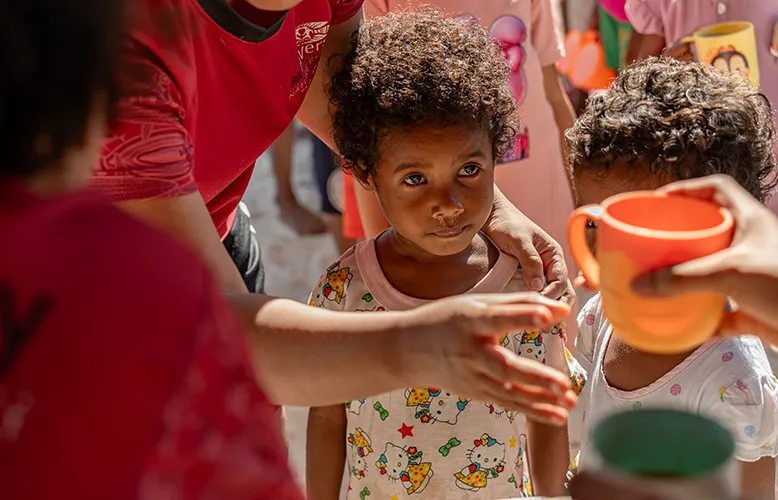
The ripple effect goes well beyond donations. In Friwen, Saporkren, and Wauyai, Biodiversity supports gardens, education, and alternative livelihoods. But the real power is in the quiet choices: sourcing fish only from local hand-liners, leaving reef species alone, buying vegetables from women-run gardens, even gifting coconut grinders so families can produce organic oil over palm. Here, conservation and community care are inseparable—and every small act adds up to something far bigger.
Every day on the reef, we dove with Jerry—our guide, conservationist, and all-around force of nature. His love for the ocean wasn’t loud—it was lived. Whether pointing out a rare nudibranch or navigating swift currents with ease, Jerry led by example. During a surface break on a remote beach, he reached into the boat, grabbed two giant trash bags, and got to work picking up debris washed in by the tide. No announcement, no big moment—just action.
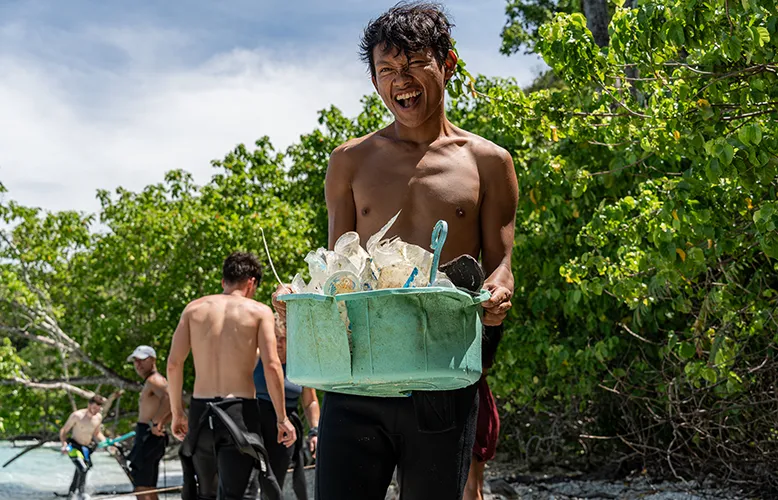
Within minutes, everyone followed. Divers from liveaboards, guests from nearby homestays, and the Biodiversity crew joined in. What began as a break became a collective cleanup. For Jerry and the team, this wasn’t unusual. Their zero-plastic policy, rigorous waste management, and conservation-first mindset are standard. Because protecting the ocean is just as much about our own footprint as it is about modeling the kind of behavior that moves others to care, too.
Spending two weeks in Raja Ampat—from the remote reaches of the south to the fast-paced dive hubs of the north—reinforced a truth I had felt years earlier while working to protect this place from afar: as divers and travelers, we have a responsibility. If we’re lucky enough to experience places like this, we must be intentional about where we stay, who we support, and how we engage with the environment.

It’s easy to prioritize convenience or luxury, but the effort to seek out sustainable accommodations and ethical operations is no longer optional—it’s necessary. With climate change, over-tourism, and human impact threatening the very places we love, responsible travel has never been more critical. Choosing locally owned businesses, supporting conservation-driven initiatives, and ensuring our tourism dollars reinforce rather than exploit these ecosystems can make all the difference. When money flows into the right hands, we can see real change—ecosystems protected, wildlife safeguarded, and communities empowered. Done right, tourism can be just as much about exploring as it is about preservation.
Planning a trip to Raja Ampat? Consider skipping the liveaboard. Stay longer, immerse yourself in the local way of life, and meet the people who are working tirelessly to protect this rare, biodiverse paradise. Support the resorts, organizations and operators that prioritize conservation, sustainability, and community impact. Because here, tourism isn’t just about experiencing the beauty—it’s about ensuring that future generations can, too.
